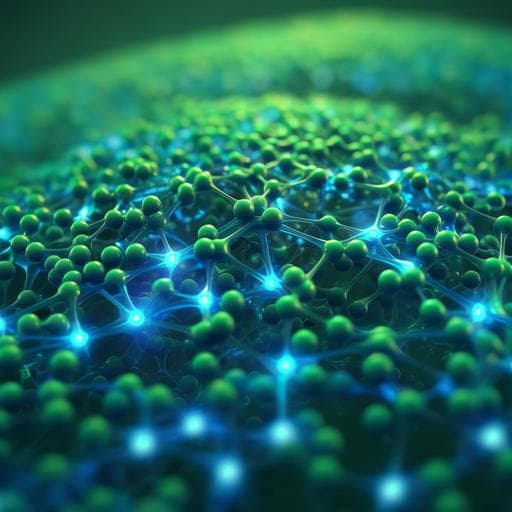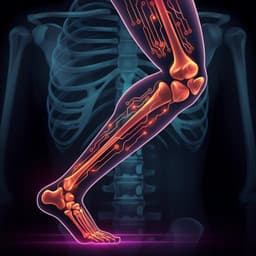
Medicine and Health
Polyphenol-mediated redox-active hydrogel with H₂S gaseous-bioelectric coupling for periodontal bone healing in diabetes
X. Fang, J. Wang, et al.
Discover a groundbreaking hydrogel developed by Xinyi Fang and colleagues that overcomes the challenges of diabetic periodontitis by enhancing tissue regeneration. This innovative material, which integrates anti-inflammatory properties and promotes mesenchymal stem cell function, successfully reverses the hyperglycemic inflammatory microenvironment, paving the way for advanced periodontal treatments.
~3 min • Beginner • English
Related Publications
Explore these studies to deepen your understanding of the subject.







